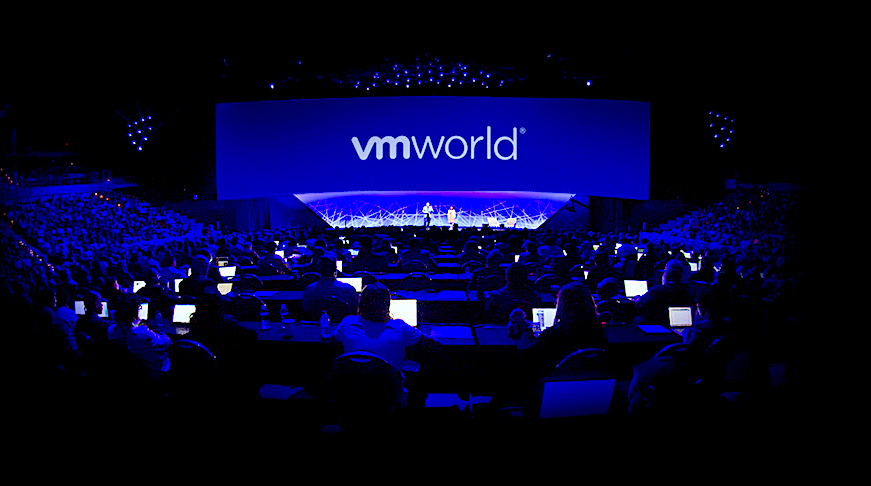 INFRA
INFRA
 INFRA
INFRA
 INFRA
INFRA
VMware Inc. unveiled at its annual VMworld conference today an upcoming appliance and new software features geared toward edge computing use cases.
Edge computing is an approach that lets companies process data where it’s created, at the metaphorical boundary of the corporate network, instead of sending it to a centralized backend location. The term has risen to prominence with the growing adoption of connected devices, which are typically deployed outside traditional data centers.
Indeed, VMware and its parent company Dell Technologies Inc., both leaders in traditional data centers, now say they’re embracing edge computing. “The edge will be bigger than the cloud,” Dell Chief Executive Michael Dell said this morning in an interview at VMworld on theCUBE, SiliconANGLE Media’s livestreaming studio.
One component of VMware’s plan to address rise of edge computing is the newly unveiled Project Dimension. It’s an upcoming hyperconverged appliance that will target both traditional data centers and edge locations, such as branch offices located far away from a company’s core technology infrastructure. The system is set to be powered by VMware’s VMware Cloud Foundation bundle.
The suite combines the company’s flagship vSphere server virtualization platform with its storage and network management software. Project Dimension is also set to include NSX SD-WAN, a technology that VMware obtained through the acquisition of startup VeloCloud late last year. The latter offering lets systems deployed in edge locations connect to the other parts of a company’s infrastructure.
VMware said that Project Dimension will enable administrators to manage deployments through a cloud-based control plane. The company didn’t share any details about the system’s hardware, except that it will be built in collaboration with parent company Dell Technologies Inc. and Lenovo Group Ltd.
VMware unveiled Project Dimension alongside a new iteration of its Pulse IoT Center software for managing connected devices. The perhaps biggest enhancement is that the platform is now available as a cloud service from the virtualization giant and its hosting partners. VMware has also added several features to streamline day-to-day device management tasks.
Most notably, Pulse IoT Center 2.0 features new application programming interfaces for connecting to external software. The APIs enables organizations to plug the platform into their internal applications to streamline the flow of data, while partners can do same with their commercial offerings.
VMware has also opened up Pulse IoT Center’s notification tool. The mechanism, which enables administrators to stay informed about important device changes, can now send alerts via email, SMS or a third-party service such as a team chat platform. Rounding out the update are new access controls that provide the ability to limit access to management features based on a user’s role and organizational affiliation.
Support our mission to keep content open and free by engaging with theCUBE community. Join theCUBE’s Alumni Trust Network, where technology leaders connect, share intelligence and create opportunities.
Founded by tech visionaries John Furrier and Dave Vellante, SiliconANGLE Media has built a dynamic ecosystem of industry-leading digital media brands that reach 15+ million elite tech professionals. Our new proprietary theCUBE AI Video Cloud is breaking ground in audience interaction, leveraging theCUBEai.com neural network to help technology companies make data-driven decisions and stay at the forefront of industry conversations.